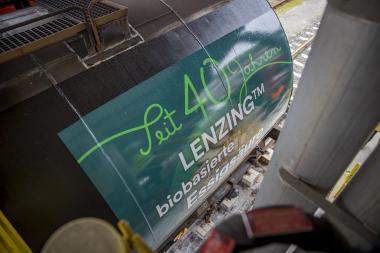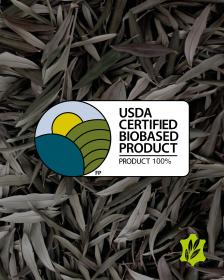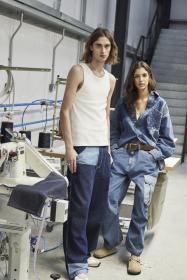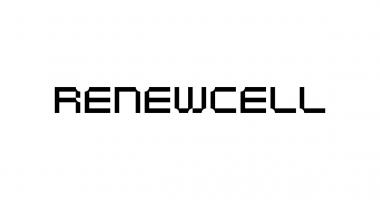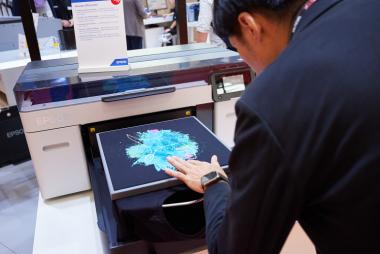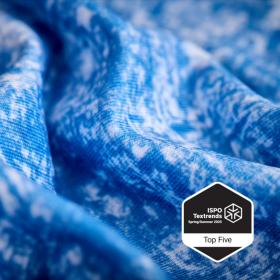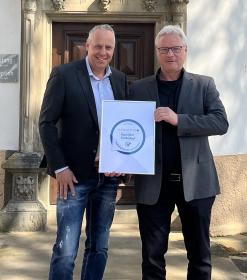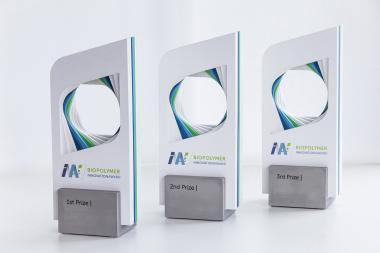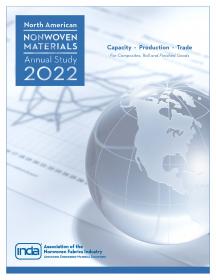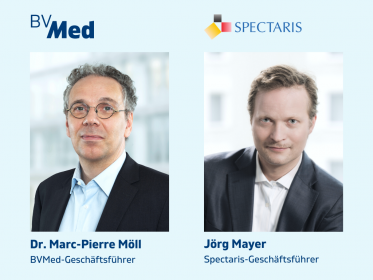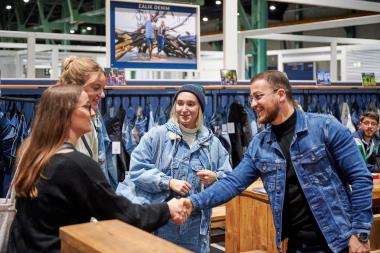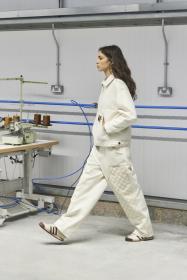VDI ZRE: Produktvarianten ressouceneffizient bewerten und vergleichen
Mit der Entwicklung von neuen Produkten erschließen Unternehmen neue Märkte und bestehen im Wettbewerb. Es lohnt sich jedoch nicht, alle Produktkonzepte gleichermaßen weiterzuentwickeln. Mit dem neuen Webtool „Ressourcen-orientierte Konzeptbewertung“ des VDI Zentrums Ressourceneffizienz (VDI ZRE) lassen sich Konzepte für Produkte qualitativ bewerten und vergleichen – nach technischen, wirtschaftlichen und ressourcenbezogenen Kriterien.
Die (Weiter-)Entwicklung von Produktideen kann ein äußerst ressourcenintensiver Prozess sein. Doch für welches Konzept lohnt der Aufwand?
In der frühen Phase der Entwicklung von Produkten werden Varianten auf Basis definierter Anforderungen an das zukünftige Produkt erstellt. Die Fokussierung auf wenige Produktkonzepte zur Weiterentwicklung spart Zeit, Material und Energie. Für eine fundierte Auswahl empfiehlt sich eine rationale Betrachtung der unterschiedlichen Lösungsansätze. Mit dem neuen Online-Werkzeug „Ressourcenorientierte Konzeptbewertung“ des VDI ZRE lassen sich Produktkonzepte qualitativ bewerten und vergleichen – mit Blick auf den gesamten Lebensweg. Das intensive Bewertungsverfahren ist eine Kombination aus Nutzwertanalyse und Technisch-Wirtschaftlicher Bewertung nach der VDI-Richtlinie 2225 Blatt 3.
Ressourcenorientierte Konzeptbewertung als Webtool
Mit dem Webtool können Produktkonzepte ganzheitlich nach Kriterien zur Konstruktion, technischen Funktionsweise, Wirtschaftlichkeit, Erfüllung von Kundenbedürfnissen sowie zur Ressourceneffizienz und Nachhaltigkeit bewertet werden. Die zur Beurteilung ausgewählten Kriterien werden für die Analyse gewichtet. In einer Nutzwertmatrix lassen sich die Konzepte danach bewerten, wie sie die zuvor gewählten Bewertungskriterien erfüllen. Entsprechend der eigenen Gewichtung ergeben sich der gesamte Nutzwert und die Wertigkeiten der einzelnen Kategorien. Abschließend werden die Bewertungsergebnisse aller Konzepte in einem Spinnennetzdiagramm dargestellt.
Es bietet sich an, dieses intensive Bewertungsverfahren am Ende der Konzeptphase im Rahmen der Produktentwicklung durchzuführen. Ziel ist es, den Lösungsraum einzugrenzen und ein geeignetes Konzept auszuwählen. Dieses wird in der anschließenden Entwurfsphase weiterentwickelt. Sofern nur ein Konzept zur Bewertung vorliegt, erfolgt die Bewertung im Vergleich mit der Ideallösung.
Die Durchführung und die individuellen Ergebnisse lassen sich abschließend in einem PDF darstellen und downloaden.
Das vom Bundesumweltministerium beauftragte Webtool steht zur Verfügung unter www.ressource-deutschland.de/werkzeuge/loesungsentwicklung/ressourcenorientierte-konzeptbewertung
VDI Zentrum Ressourceneffizienz




